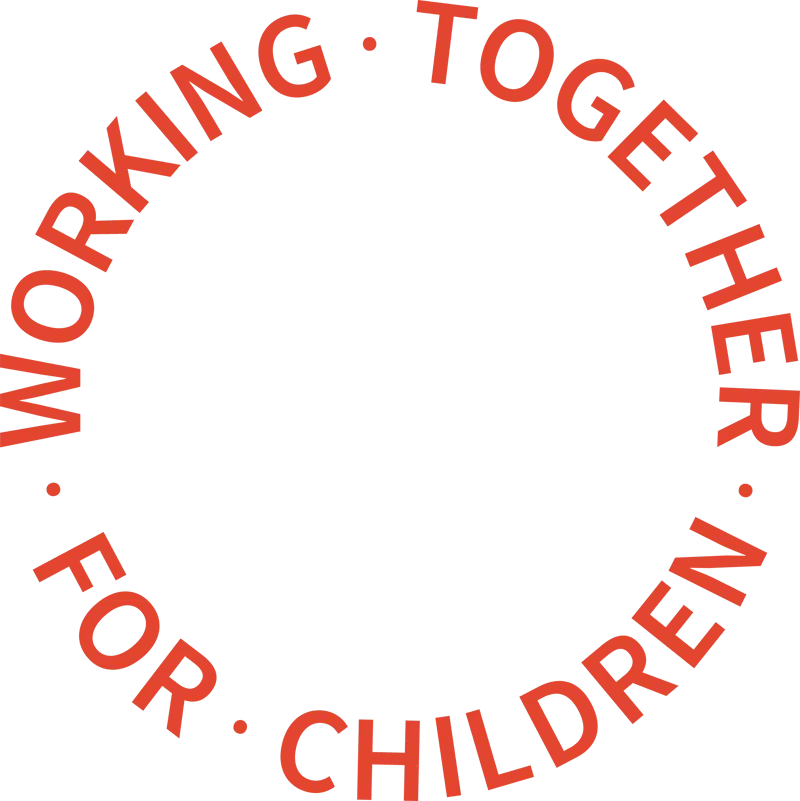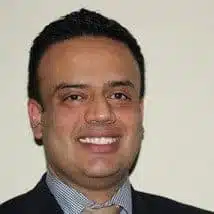Interview with Satwinder Sandhu, a fostering and adoption expert.
It has been both ‘energising and exciting’ gaining equal opportunity for prospective foster carers and adopters from the LGBT+ community, says Satwinder Sandhu, a fostering and adoption expert social worker.
While acknowledging that prejudice still exists towards people from the LGBT+ community, Satwinder says that seeing the impact on the community of enabling same sex couples to foster or adopt children when they had previously been denied that opportunity has been an amazing experience.
Measures allowing unmarried couples, including same sex couples, to apply for joint adoption were outlined in the Adoption and Children Act 2002, which came into effect in December 2005. Laws have also been in place since 2007, making it unlawful for providers of services, including fostering and adoption services, to discriminate against people because of their sexual orientation.
“The policy has influenced people’s personal lives and brought about equality,” said Satwinder.
After he graduated from Bradford University where he studied for the Diploma in Social Work combined with a degree in social sciences, Satwinder went straight into working in permanent care team in the London Borough of Ealing - an unusual move as many newly qualified social workers tend to go into child protection to gain vital frontline social work experience, whereas permanence is seen as a role for a more mature, experienced social worker.
He worked for three local authorities and two adoption agencies with his first team manager role being at the London Borough of Brent. From there, Satwinder joined PACT (Parents and Children Together) which was established in 1911 as a Church of England charity in the local community.
“The adoption side of things was quite small,” said Satwinder,” but I realised we could be doing so much more. We started lifting some of the barriers by spreading out geographically – if there was a great prospective adopter who matched well with a child, we would go ahead despite their location geographically.”
“We then targeted different communities in our marketing such as people from Black and ethnic minority communities and this naturally led to reaching out to the LGBT+ community,” he added.
“Because it was a Church of England charity, there may have been the misconception within the community that members of the LGBT+ community interested in adoption would not be made welcome. We did a snapshot survey in 2010 asking our adoptive families if any of them were from the LGBT+ community and none of them were,” said Satwinder.
PACT then took over a charity in London which doubled the size of their team and meant that there was access to a more diverse population from different backgrounds.
Furthermore, the LGBT+ community were attuned to the needs of our children as they had often accepted that they might not have children the traditional way and, as such, were more open to adopting older children, young people with disabilities and sibling groups – all of whom are more complex to place as many families want to adopt a baby.
“The message from the LGBT+ community was ‘we are here and we are waiting’,” explained Satwinder.
“We made it very clear in our marketing that we are a gay-friendly organisation and this gathered momentum,” he added. At the same time, New Family Social was set up to provide a support system for LGBT+ foster parents and adopters. They set up meetings for LGBT parents, summer camps and meetings in the park for LGBT+ families and their children.
“Once word spread that we were a LGBT+ friendly organisation and were supportive of LGBT+ families, the number of applications increased. When I left, 13% of applications were from LGBT+ families – up from 0 – and this was achieved over a three-year period. We were working with over 100 families a year so it was not an insignificant number,” said Satwinder.
The latest statistics, he said, show that one in six adoptions are by the LGBT+ families.
Prior to Satwinder leaving PACT he secured a Voluntary Adoption Agency grant to open an office in Brighton, a very ‘gay friendly’ city. “Nobody had set up a service dedicated to the community before that.”
“As someone who had worked in adoption at that point for 19 years and being part of the LGBT+ community myself, it was really positive and amazing to drive that change,” he added.
At the same time, you could not apply to adopt in Northern Ireland if you were from the LGBT+ community. PACT got legal advice and discovered that as Northern Ireland is part of the UK, LGBT+ prospective adopters could apply to adopt a child through PACT and a number of adopters went on to adopt using this route.
Satwinder acknowledges that the recognition of prospective adopters who are gay and lesbian has increased hugely, but there is more work to be done with prospective adopters who are bisexual or transgender.
“Young people who identify as LGBT+ now expect to be able to get married and have a family when they are older, and rightly so, but this wasn’t the case growing up in the 1980’s. Yes, prejudice remains but the expectations of children and young people is a whole different world from growing up in the 1980’s.”
Satwinder recalls Clause 28 of the Local Government Act 1988 which prevented teachers from promoting or talking about LGBT+ issues in school. “Now gender identity, as well as sexuality is openly spoken about although this wasn’t the case years ago. That is presuming you could be ‘out’ as often young people weren’t coming out until late teens or later.”
“This stigma meant that in society, applicants would not take the first step towards fostering or adoption,” he added.
However, Satwinder says the messaging around encouraging adopters from LGBT+ communities needs to be constant and not a one-off campaign. Stigma remains particularly around single people wanting to adopt children with single men being questioned as to why they want access to children.
“By and large things have moved away from the prejudice and it is now single females who struggle to adopt children. Society hasn’t got past single people wanting to adopt,” he added.
The issues faced by LGBT+ adopters are similar to LGBT+ foster carers, although because foster carers are seen as ‘care givers’ as opposed to parents, the issues are not as prominent.
Satwinder was invited to join the specialist advisory group to the national fostering stocktake being undertaken by the Department for Education during 2017. However, the issue of LGBT+ foster carers was not a prominent theme in the inquiry as Satwinder explains that by that stage it was assumed that adoption agencies had tackled any barriers to prevent LGBT+ families from fostering.
“However, sometimes prospective LGBT+ adopters are advised to foster before they adopt in a ‘try before you buy’ situation. However, the motivation for fostering is very different from the motivations for adoption and there is a lot of misunderstanding about the needs and motivations of LGBT+ families,” said Satwinder.
He highlights the recently published independent review of children’s social care which urges the government to immediately launch a new national foster carer recruitment programme, to approve 9,000 new foster carers over three years so that children in care can live in family environments.
The review states: “There are thousands more households in England that could provide loving, safe and stable homes for children. Yet, the review has heard from many potential carers who were discouraged because of an off-putting application experience, and local authorities should do more to ensure this is safely streamlined within legislation which already makes this possible.
“Despite 160,635 expressions of interest being submitted by prospective foster carers in 2020/21, just 2,165 households were ultimately approved (Ofsted, 2021b). Much better recruitment and application support should be offered so that we get the foster carers that children need,” the report added.
“It begs the question, are we turning down the right people for the right reasons?” said Satwinder.
Following his time at PACT, Satwinder joined the Homefinding and Fostering Agency as their Director.After four years there, he became Chief Executive at The Centre of Adoption (IAC – Intercountry Adoption Centre) and 90% of applications to adopt from overseas in England goes through the IAC. Around 60 families each year.
Satwinder also sits on a number of boards including the Adoption and Special Guardianship Leadership Board.
With Pride celebrating its 50th year, Satwinder says it is important to mark the occasion and for it to continue for years to come.“Pride means we are in a position to celebrate people from a LGBT community where there are marches, activities and events held in honour of this occasion. There is still prejudice in society and we need to constantly remind people that LGBT+ communities suffer disadvantage because of their sexual orientation, ethnic background, gender or disability and this needs to be addressed,” said Satwinder.
“We can never stand still. Society moves on. And as social work professionals we need to be at the forefront of change rather than on the back foot to ensure that vulnerable children benefit,” Satwinder concluded.



